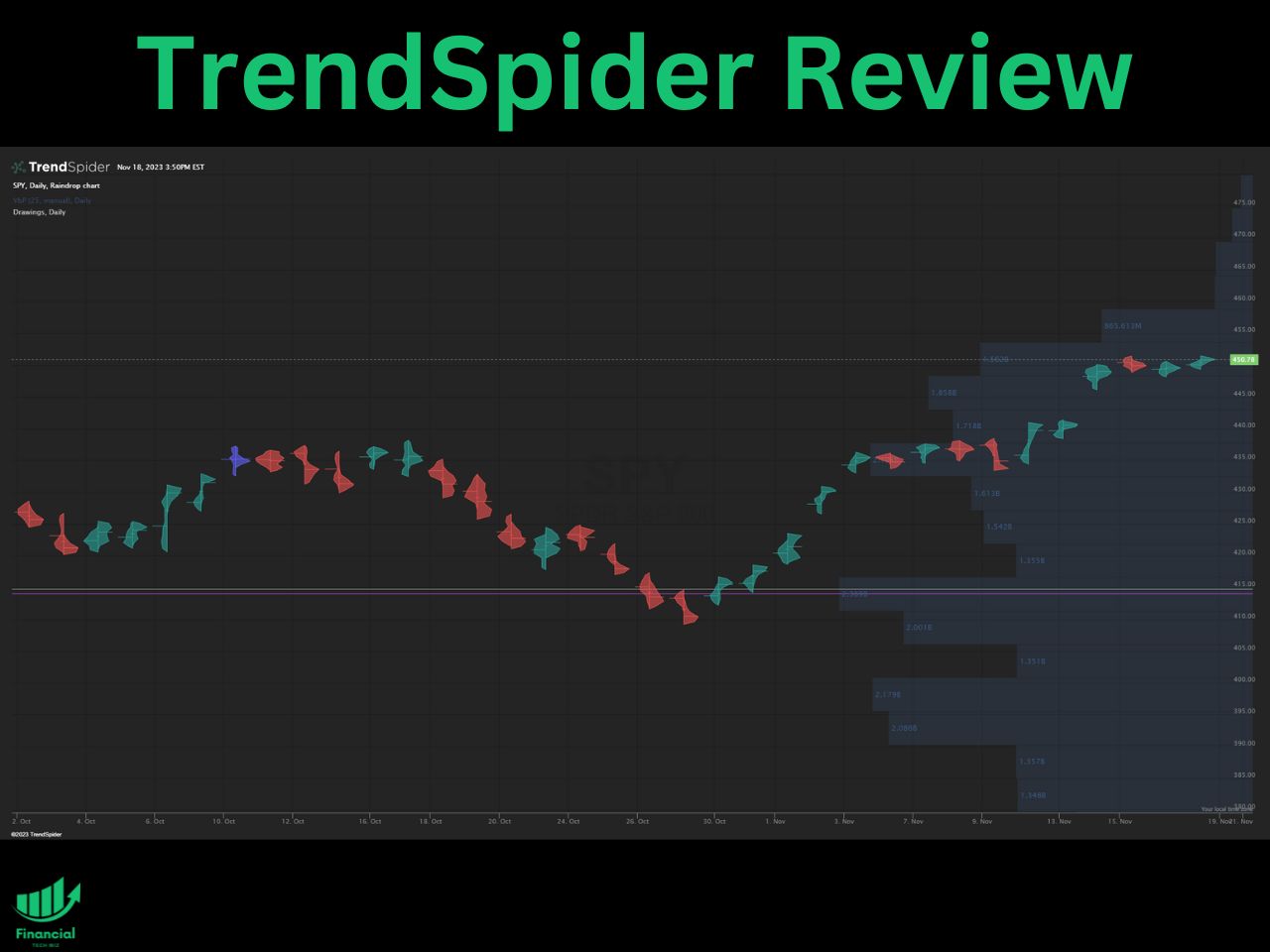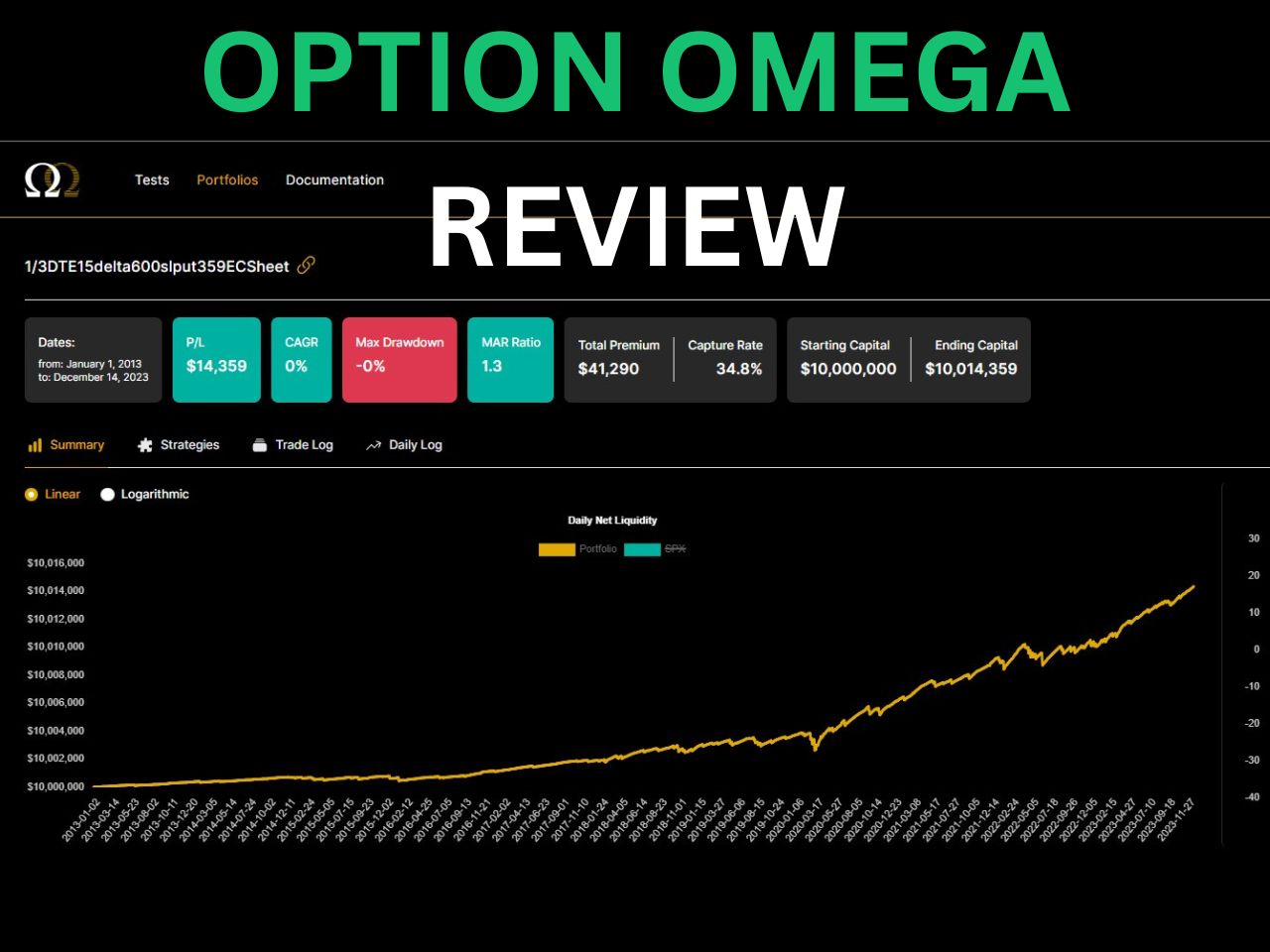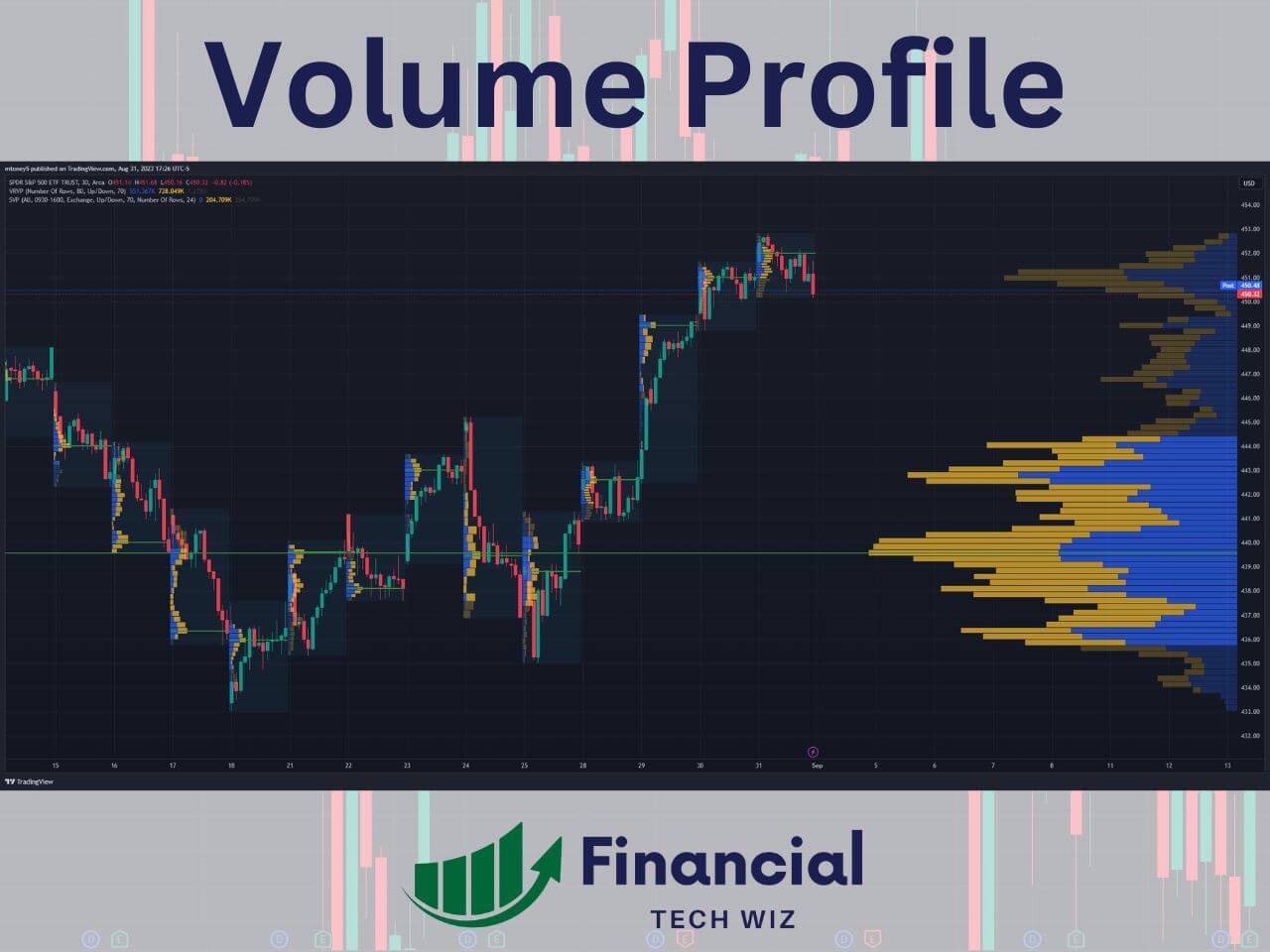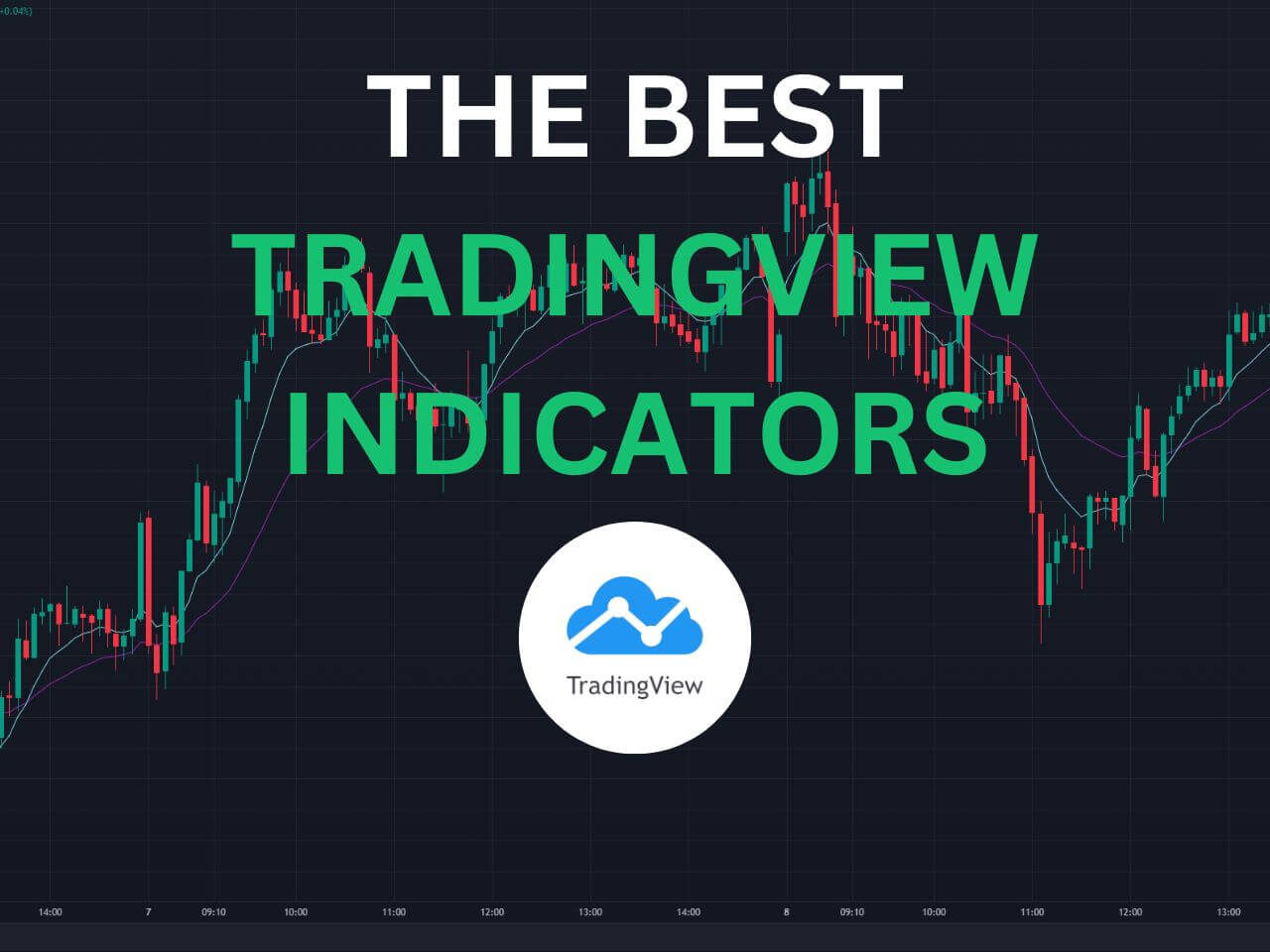Discover the best books by Benjamin Graham, the father of value investing.
Who is Benjamin Graham?
Benjamin Graham (1894-1976) was an American economist, investor, and author who is widely considered as the father of value investing. He was born in London but grew up in New York City. Graham’s investment philosophy focused on finding undervalued stocks and investing in them for the long term, emphasizing the intrinsic value of a company rather than its market price. He was a proponent of fundamental analysis and was known for his disciplined approach to investing.
Graham started his career on Wall Street in 1914 and worked as a securities analyst for over two decades. He co-authored a book called “Security Analysis” in 1934 with David Dodd, which is considered one of the most influential investment books ever written. In 1949, he wrote “The Intelligent Investor,” a book that became a classic in the world of finance and investing.
Graham’s investment philosophy influenced many successful investors, including his most famous disciple, Warren Buffett. Graham also mentored other investors who became known as the “Superinvestors of Graham and Doddsville.” Graham’s ideas of intrinsic value, margin of safety, and diversification are still used by investors today, and his books remain essential reading for anyone interested in investing.
Disclosure: This post contains affiliate links from Amazon and TradingView. As an Amazon Associate, I earn from qualifying purchases. This means that if you click on these links and make a purchase, I will receive a small commission at no extra cost to you.
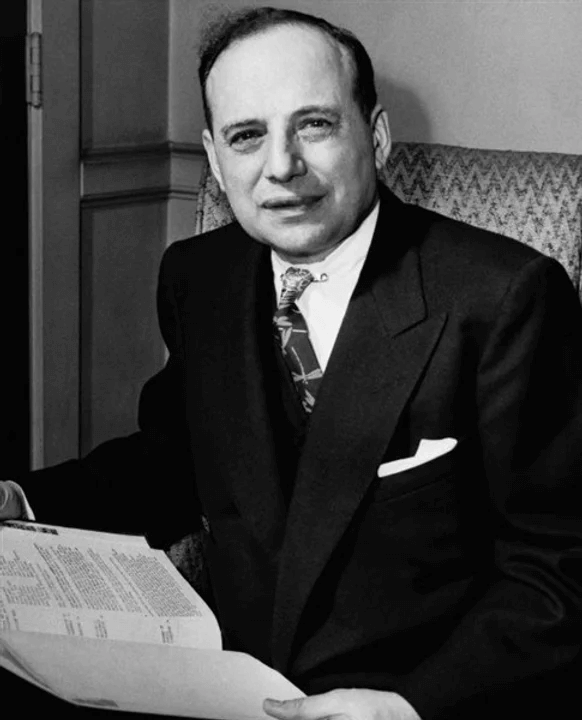
The Best Books by Benjamin Graham
1- The Intelligent Investor
The Intelligent Investor is arguably Benjamin Graham’s most famous book and a classic in the world of finance and investing. First published in 1949, the book has become a staple for investors seeking a disciplined and rational approach to investing.
One of the reasons for the book’s popularity is that Graham wrote it for the average investor rather than for Wall Street professionals. The book is written in a clear and accessible style, making it easy for readers to understand and apply the concepts Graham presents.
In the book, Graham outlines his investment philosophy and provides practical advice on how to build a successful investment portfolio. He emphasizes the importance of fundamental analysis, a long-term focus, and a margin of safety when investing. He also stresses the need for investors to be patient and disciplined and to avoid speculating or following the crowd.
Graham splits the strategies into two types of investors: active investors, who are willing to spend time and effort analyzing stocks, and passive investors, who prefer to invest in low-cost index funds. He also provides guidance on how to allocate assets and build a diversified portfolio.
2- Security Analysis: Sixth Edition: Foreword by Warren Buffett
The new sixth edition of “Security Analysis” is based on the classic 1940 version, with commentary from some of today’s leading Wall Street money managers.
These masters of value investing explain why the principles and techniques of Graham and Dodd are still highly relevant even in today’s vastly different markets. Warren Buffett, who is one of Graham’s most famous disciples, wrote a foreword for the new edition, revealing that he has read the 1940 masterwork “at least four times.”
The book is aimed at professionals in the investment industry, and it provides a comprehensive guide to security analysis and investing in stocks, bonds, and other financial assets. It emphasizes the importance of fundamental analysis, a long-term perspective, and a margin of safety when investing.
3- Security Analysis, Seventh Edition: Principles and Techniques
Security Analysis, Seventh Edition is the latest update to the classic investment book that was first published in 1934. Written by Benjamin Graham and David L. Dodd, it has become one of the most important financial books ever written, with over a million copies sold worldwide.
This edition has been updated and expanded to include insights from ten of today’s leading Wall Street investors. Seth Klarman, a well-known value investor and editor of the book, has assembled a team of contributors who offer valuable commentary on Security Analysis in terms of today’s markets and practices.
The book includes discussions on the influence of Graham and Dodd on today’s markets and contextualizes the philosophy that influenced so many famous investors. The contributors offer insights on how today’s value investors should assess markets, asset classes, and securities that Graham and Dodd could not have foreseen.
Whether you’re an individual investor, retail investor, value investor, or finance student, the new edition of Security Analysis is a must-read. The book provides valuable insights and practical advice for investors who want to build a successful investment portfolio based on the timeless principles of value investing.
4- Security Analysis: The classic 1940 edition
Security Analysis: The Classic 1940 Edition is a facsimile reproduction of the original book and is widely considered the definitive edition of Graham’s seminal work. This book is a must-read for investors of every level, from individual investors to finance students, and covers the timeless value investing principles and techniques of Benjamin Graham and David L. Dodd.
In this edition, readers will find Graham’s original thinking and theories, whose ideas have influenced investors for nearly 70 years. The book includes detailed analysis and guidance on stock selection, portfolio management, and investment fundamentals. It also includes discussions on market fluctuations, the risks and opportunities of investment, and the importance of critical thinking in investing.
This edition has a foreword by Seth A. Klarman, a value investor and the founder of the Baupost Group. Klarman discusses the relevance of Graham’s theories and principles in today’s markets and how investors can apply his teachings to their own portfolios. This edition is a valuable resource for anyone looking to learn from one of the most important thinkers in the history of applied portfolio investment.
5- Security Analysis: The Classic 1934 Edition
Security Analysis: The Classic 1934 Edition by Benjamin Graham and David Dodd is a highly influential and respected book in the field of investing. First published in 1934, it is still considered the investor’s bible and has been continuously in print through five editions for over 60 years, with nearly a million copies sold. This reproduction of the original 1934 edition gives investors a rare opportunity to read and treasure the book that gave birth to value investing.
In this classic edition, Graham and Dodd explain their methods for locating undervalued securities and analyzing the relevant facts. They were Wall Street’s first bargain shoppers, and their investment strategies have withstood the test of time. The book’s preface expresses the authors’ hope that their work would stand the test of the ever-enigmatic future, and indeed it has.
The language of the book has been modernized in subsequent editions, but the original 1934 edition remains a classic work that has not paled since its first appearance. The words of Graham and Dodd have the power of rigorous honesty, diligent scrutiny, disciplined thought, and determined logic that gave the work its first distinction and began its illustrious career.
The book is more than a historical curiosity and a delightful read. It presents the original Graham/Dodd method of investing, described in their own words as they first did in the 1930s. It is a careful reproduction of the 1934 edition, containing every word of the original.
The great fortunes created by value investors such as Warren Buffett, Mario Gabelli, John Neff, Michael Price, and John Bogle testify to the practicality and usability of the methods described in this book. Security Analysis: The Classic 1934 Edition is a must-read for individual investors, finance students, and anyone interested in value investing.
6- Security Analysis: Principles and Technique: Classic 1951 Edition
Benjamin Graham and David Dodd’s book “Security Analysis: Principles and Technique: Classic 1951 Edition” is a timeless guide to investment success. The book was published in 1951, more than a decade after the second edition and nearly two decades after the original 1934 edition, and it reflects the authors’ insights and experiences gained during the Great Depression and World War II.
The book emphasizes the importance of careful analysis of balance sheets as the primary road to investment success. Graham and Dodd detail techniques and strategies for individual investors to attain success and for corporate decision-makers to build shareholder value and transparency. The authors’ prescient thinking and insight, which could have been written today, make the book more relevant than ever in the tumultuous 21st-century markets.
“Security Analysis: Principles and Technique: Classic 1951 Edition” is a long-out-of-print work that has returned to the investment canon. It is considered the most accessible and usable title in the history of investment publishing, and it will reacquaint readers with the foundations of value investing. The book is a valuable resource for investors who want to learn how to invest sensibly and profitably.
7- The Interpretation of Financial Statements
Benjamin Graham’s “The Interpretation of Financial Statements” is a concise and practical guide to understanding financial statements, an essential skill for any investor. Originally published in 1937, the book is still relevant today and provides timeless guidance on analyzing a company’s financial health and earnings record.
Graham argues that the key to successful investing is to have precise information about a company’s financial position and past earnings record, which can help in gauging its future possibilities. In the book, he provides simple tests that can be applied to any company’s balance sheets and income statements to determine its financial well-being.
One of the unique features of this book is that it presents Graham’s original language as it appeared in the first edition published by Harper & Brothers in 1937. This means that readers can be assured that every idea and technique presented in the book appears exactly as Graham intended.
“The Interpretation of Financial Statements” is highly practical and accessible, making it an essential guide for business people and investors of all levels. It is a perfect companion volume to Graham’s investment masterpiece, “The Intelligent Investor.” Overall, this book is an invaluable resource for anyone who wants to understand financial statements and make informed investment decisions.
8- Currency Market: Money as Pure Commodity
Benjamin Graham’s book “Currency Market: Money as Pure Commodity” provides a brief historical overview of money’s relationship with the commodities of gold and silver. He argues that gold and silver have traditionally served as the basis for monetary systems and that money has essentially been a commodity in itself.
However, Graham also predicts a new stage in monetary technique where the monetary status and pure commodity value may be reciprocally beneficial and ultimately advantageous to the economy at large. In other words, he suggests that using money as a pure commodity could benefit the economy.
This book was originally published in 1940, a time when the world was still recovering from the Great Depression and World War II was looming on the horizon. Graham’s insights into the relationship between money and commodities were particularly relevant at this time, and his predictions about the future of monetary technique were particularly prescient.
9- Storage and Stability – A Modern Ever-normal Granary
“Storage and Stability; a Modern Ever-normal Granary” is a book by Benjamin Graham and published in 1937. The book proposes a plan for a national grain reserve, which would provide a stable supply of grain in times of shortage and reduce price volatility.
Graham argues that such a reserve, which he calls a “modern ever-normal granary,” would provide benefits to both farmers and consumers. Farmers would benefit from a more stable market for their crops, while consumers would benefit from more stable prices and a more reliable supply of grain.
The book provides a detailed analysis of the economic and social benefits of a national grain reserve, as well as the mechanics of how such a system could be implemented. Graham argues that such a reserve would benefit the agricultural sector and contribute to the economy’s overall stability.
10- Benjamin Graham: The Memoirs of the Dean of Wall Street
“Benjamin Graham: The Memoirs of the Dean of Wall Street” is an autobiography that offers readers an intimate look at the life of one of the most influential figures in the world of finance. In the book, Graham takes readers on a journey from his early childhood in London to his eventual rise as the “Dean of Wall Street.”
Graham recounts his education at Columbia University and his experiences as a young man working on Wall Street during the Roaring Twenties. He describes in detail the atmosphere of the time, the characters he met, and the events that shaped his early career in security analysis.
The book also provides readers with a behind-the-scenes look at Graham’s investment philosophy and the development of his ideas on value investing, which would eventually become the foundation of modern security analysis.
Throughout the book, Graham reflects on the ups and downs of his career, including his successes and failures and the lessons he learned along the way. He also offers advice to young people just starting in the world of finance, drawing on his own experiences and wisdom gained over a lifetime of investing.
11- Benjamin Graham on Investing: Enduring Lessons from the Father of Value Investing
Benjamin Graham on Investing is a compilation of some of Graham’s earliest writings on value investing and security analysis. These writings, originally published in The Magazine of Wall Street during the tumultuous period of the First World War, offer a rare insight into the early ideas of a man whose investment philosophy would go on to inspire some of the greatest investors of all time, including Warren Buffett and Charlie Munger.
The book offers a unique perspective on the stock market during the early 20th century, as Graham witnessed firsthand the wild fluctuations in stock prices and the effects of inflation and government intervention on the market. His insights on value investing and security analysis are as relevant today as they were when he first wrote them, and the book offers valuable lessons for investors looking to navigate the current state of the global markets.
David Darst, a renowned expert on asset allocation, provides insightful analysis and commentary, connecting Graham’s writings to current events in the investment world. With its timeless wisdom and enduring lessons, Benjamin Graham on Investing is a must-read for anyone looking to become a successful investor.
Before you go
If you want to keep educating yourself about personal finance, you must check out these posts as well:
What is the Most Successful Options Strategy
Options Trading for Income: The Complete Guide
Mark Minervini’s Trading Strategy: 8 Key Takeaways
The Best Options Trading Books
The Best Laptops and Computers for Trading
How to Get a TradingView Free Trial
The Best TradingView Indicators
This article contains affiliate links I may be compensated for if you click them.

